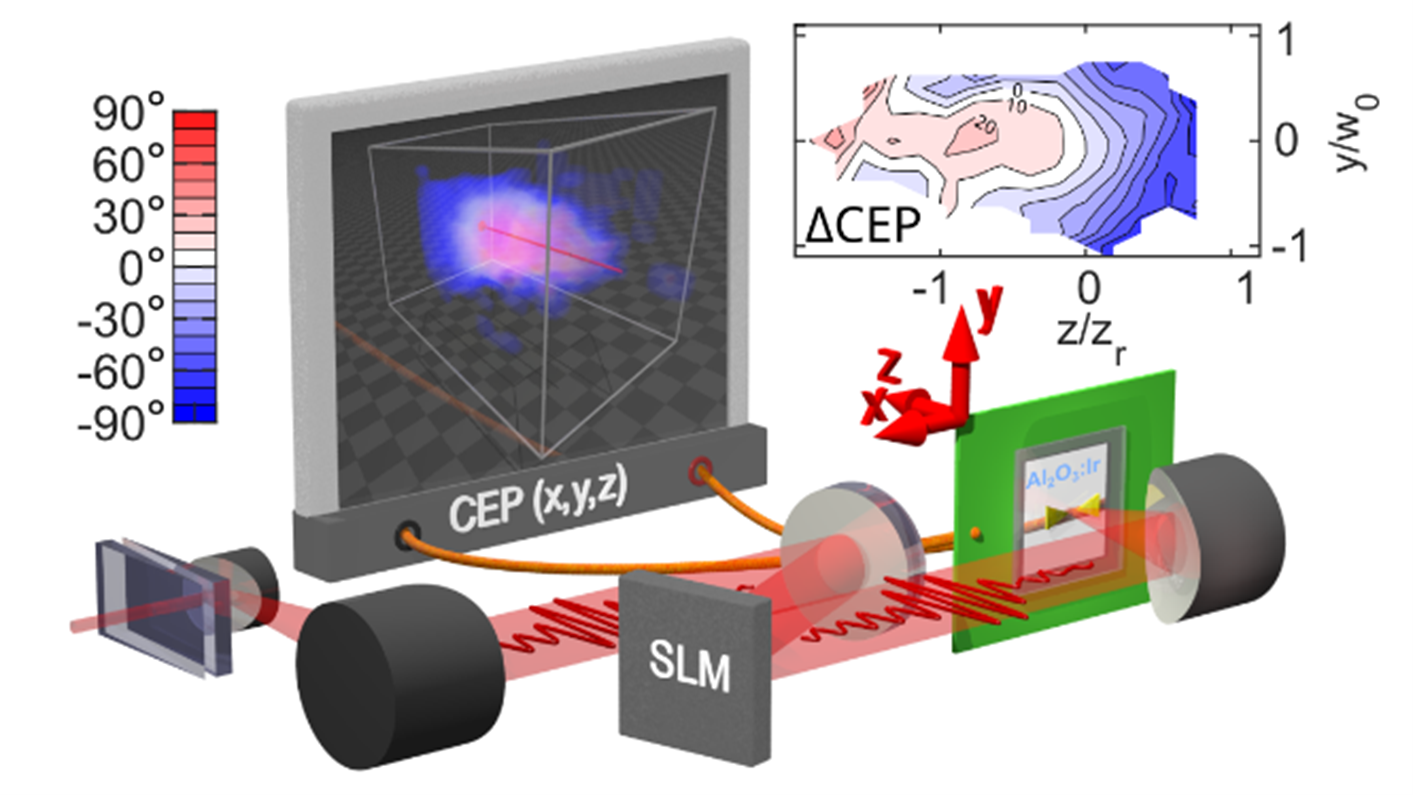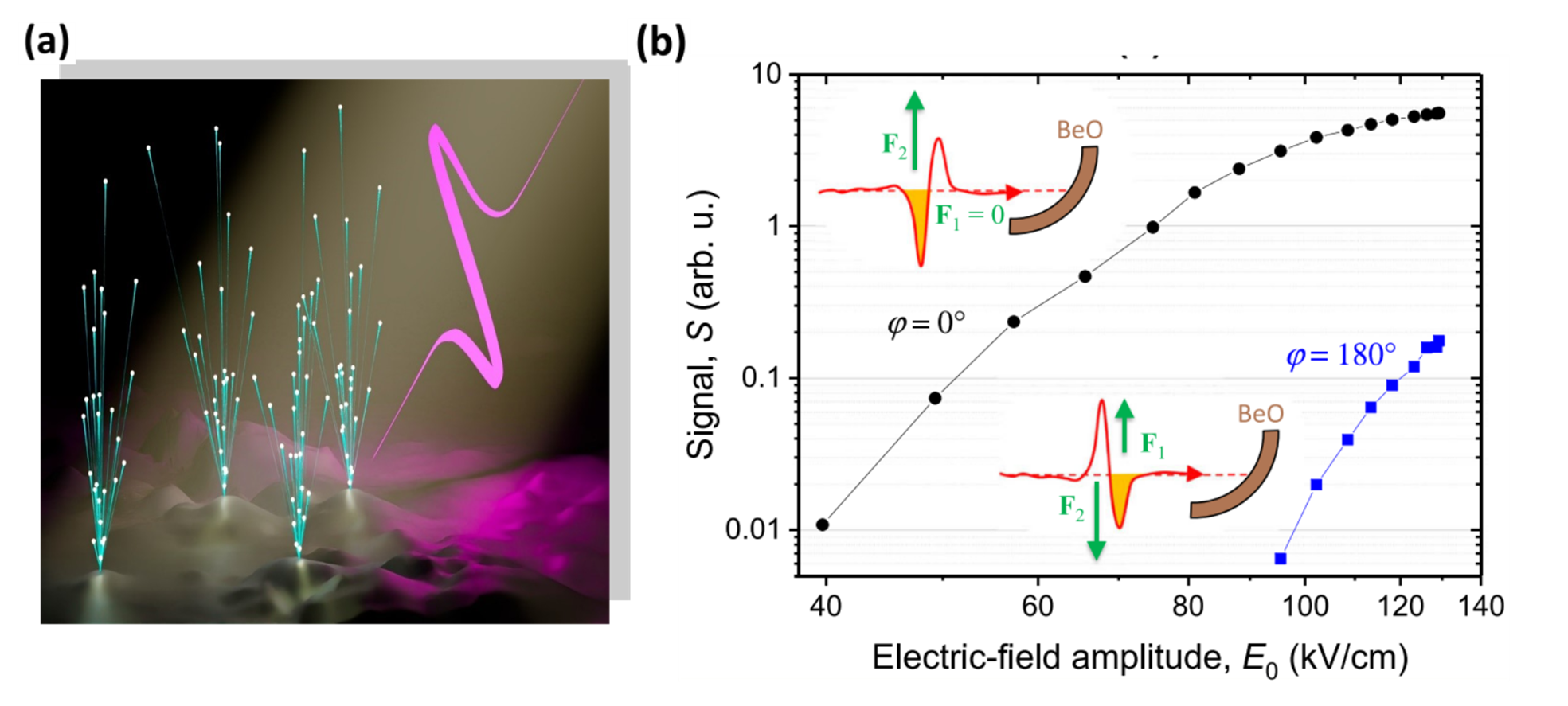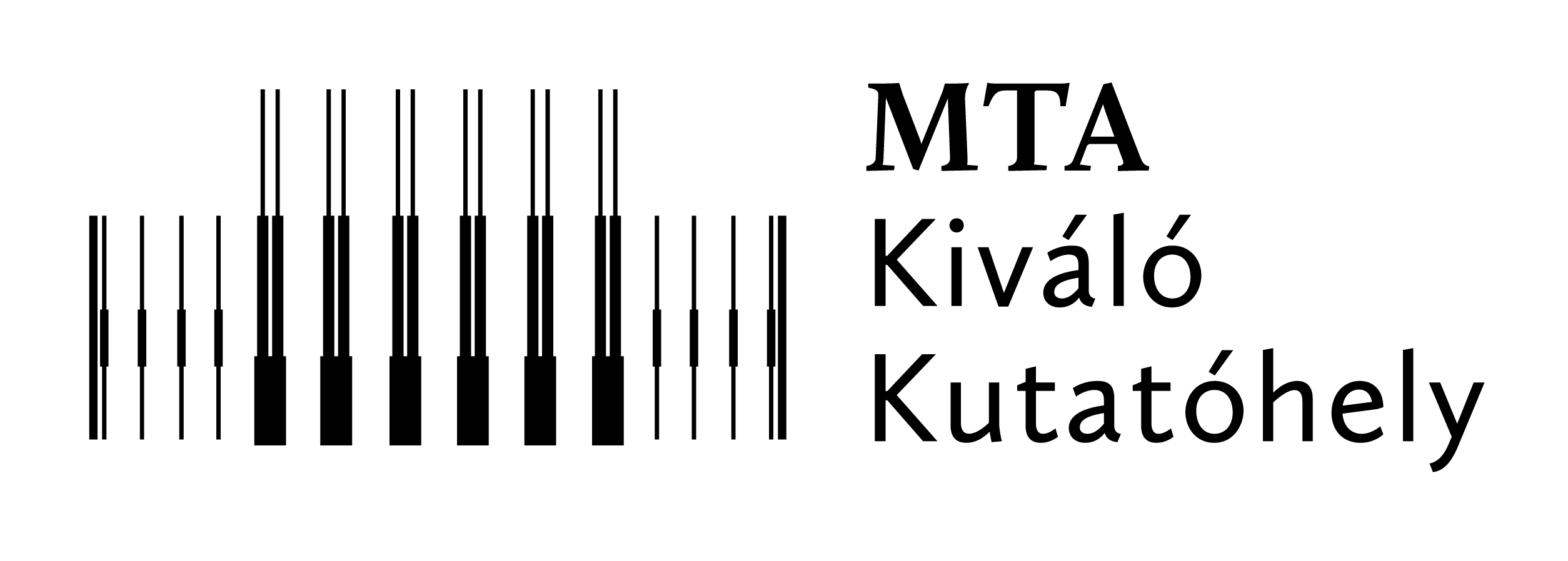2023
Optical chip detecting ultrafast currents. — The carrier-envelope phase (CEP) is an important property of few-cycle laser pulses, allowing for light field control of electronic processes during laser- matter interactions. Thus, the measurement and control of CEP is essential for applications of few-cycle lasers. Currently, there is no robust method for measuring the non-trivial spatial CEP distribution of few-cycle laser pulses. In a paper published in Nature Communications journal [1] we demonstrated a compact on-chip, ambient-air, CEP scanning probe with 0.1 µm3 resolution based on optical driving of CEP-sensitive ultrafast currents in a metal−dielectric heterostructure. We successfully applied the probe to obtain a 3D map of spatial changes of CEP in the vicinity of an oscillator beam focus with pulses as weak as 1 nJ, see Figure 1. We also demonstrated CEP control in the focal volume with a spatial light modulator so that arbitrary spatial CEP sculpting could be realized.

Figure 1. Mapping the CEP of laser pulses: An ultrashort pulse of laser light impinges on the probe and induces current that is proportional to the CEP property of the pulse. The probe is scanned within the focus, providing a 3D map of the CEP (colored 3D cloud, the inset shows a 2D cross-section).
Subcycle photoemission driven by ultrastrong terahertz pulses — The advent of intense terahertz (THz) sources opened a new era when the demonstration of the acceleration and manipulation of free electrons by THz pulses became within reach. THz-field-driven electron emission was predicted to be confined to a single burst due to the single-cycle waveform. In a paper published in Nature Communications journal [2] we demonstrated the confinement of single-cycle THz-waveform-driven electron emission to one of the two half cycles from a solid surface emitter. Either the leading or the trailing half cycle was active, controlled by reversing the field polarity. THz-driven single-burst surface electron emission sources, which do not rely on field-enhancement structures, will impact the development of THz- powered electron acceleration and manipulation devices, all-THz compact electron sources, THz waveguides and telecommunication, THz-field-based measurement techniques and solid-state devices.

Figure 2. (a) An artistic idea of the one cycle THz-pulse-induced electron emission from a metal. (b) Experimental results demonstrating the switching effect of the asymmetric THz field on the electron emission. Flipping the field’s polarity by changing the phase from φ = 0° (black) to φ = 180° (blue) leads to the photoemission signal turn-off, as only the into-material pointing crest of the field causes the emission. If the driving field’s amplitude is brought to such a level that the field magnitude of the weaker crest approaches the magnitude of the stronger one of the lower amplitude, the electron signal emerges (blue squares).
References:
[1] DOI: 10.1038/s41467-023-40802-z
[2] DOI: 10.1038/s41467-023-42316-0



